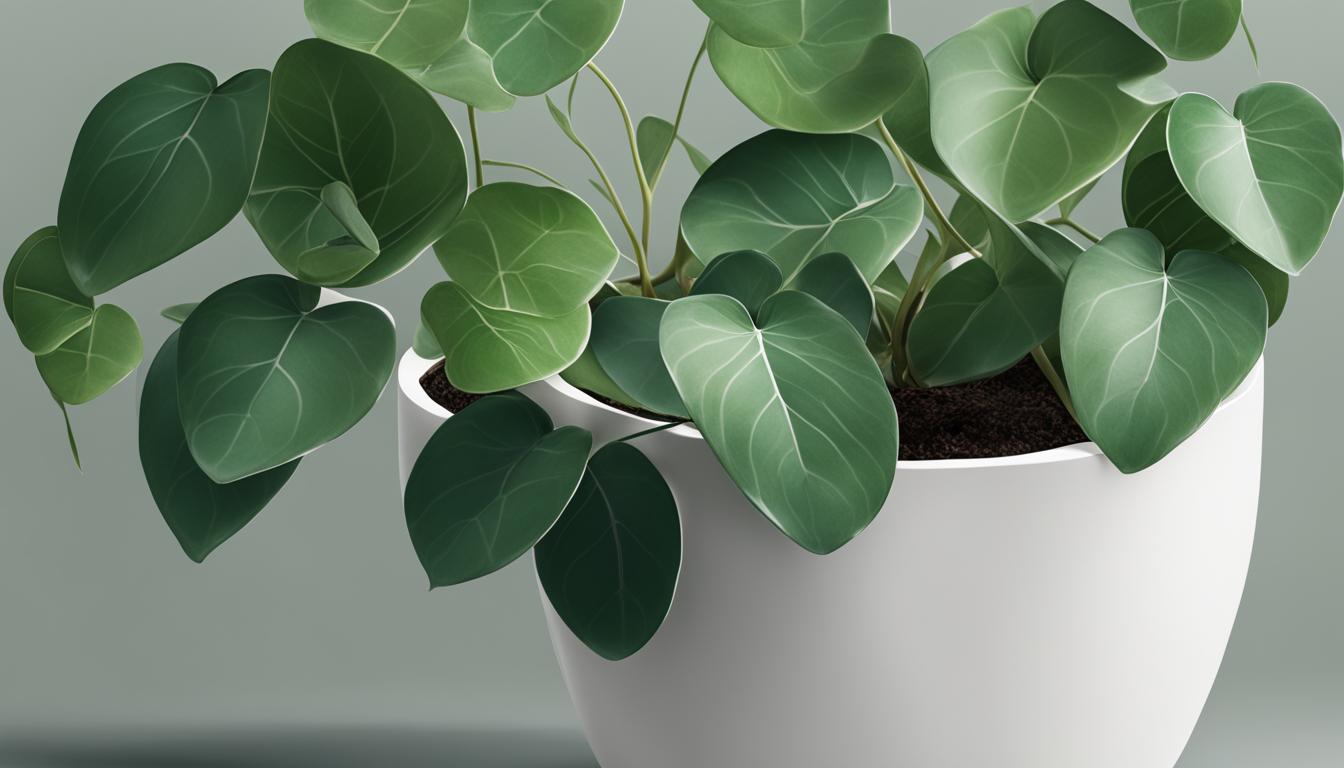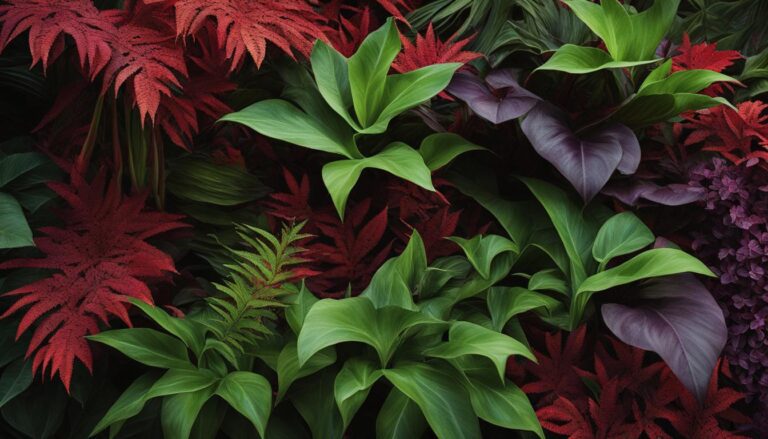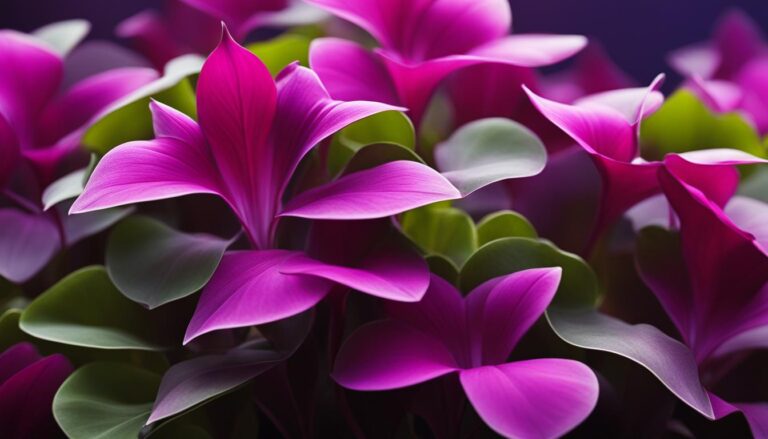
The Chinese Money Plant, also known as Pilea peperomioides, is a popular indoor plant that can bring vibrant greenery to your indoor spaces.
With its attractive coin-shaped foliage and ease of care, it has become a favorite among plant enthusiasts. This perennial plant in the nettle family is native to southern China and is commonly referred to as the pancake plant, Chinese money plant, coin plant, or UFO plant.
The Chinese Money Plant thrives in medium to bright indirect light and should be rotated regularly for even growth. It prefers well-draining soil with a pH between 6.0 and 7.0.
Watering should be done once the soil nearly dries out, and monthly fertilization during the spring and summer months helps promote its healthy growth. While the plant is not prone to any specific pests or diseases, common houseplant pests such as mealybugs and scale may affect it.
Propagation of the Chinese Money Plant is easy, as it produces offshoots that can be separated from the mother plant. With proper care and propagation, you can cultivate a thriving collection of Chinese Money Plants, enhancing the beauty of your indoor space.
How to Care for the Chinese Money Plant
The Chinese Money Plant, or Pilea peperomioides, is a beautiful and low-maintenance houseplant that can thrive in various indoor settings.
Proper care is essential to ensure the plant’s health and longevity. Here are some key tips for caring for your Chinese Money Plant:
Light and Placement
The Chinese Money Plant thrives in bright, indirect light. Place it near a window where it can receive filtered sunlight or in a well-lit room. Avoid exposing the plant to direct sunlight, as it can scorch the leaves. If you notice the plant leaning towards one side, rotate it regularly to promote even growth.
Watering
When it comes to watering, it’s important to strike a balance. Overwatering can lead to root rot, while underwatering can cause the leaves to wilt.
Check the soil moisture level by inserting your finger about an inch deep into the soil. If it feels dry, it’s time to water. Make sure to water the plant thoroughly until the excess water drains out from the bottom of the pot. Empty the drainage tray to prevent the plant from sitting in standing water.
Fertilizing and Nutrients
During the growing season (spring and summer), it’s recommended to fertilize the Chinese Money Plant once a month. Choose a balanced, all-purpose fertilizer and follow the package instructions for application.
This will provide the necessary nutrients for healthy growth and vibrant foliage. Remember to dilute the fertilizer to half the recommended strength to avoid causing damage to the plant.
Potting and Soil
Use a well-draining potting mix that allows excess water to escape easily. A mixture of peat moss, perlite, and vermiculite or sand works well for the Chinese Money Plant.
Repot the plant every 1-2 years, or when you notice the roots becoming overcrowded. A slightly larger pot with drainage holes is ideal to accommodate the plant’s growth.
Common Plant Diseases
The Chinese Money Plant is generally resistant to pests and diseases. However, it can be susceptible to mealybugs and scale insects. Regularly inspect the leaves and stems for any signs of infestation, such as sticky residue, webbing, or small white specks.
If you notice any pests, treat them with neem oil or a mild insecticidal soap following the manufacturer’s instructions.
By following these care guidelines, you can ensure that your Chinese Money Plant remains healthy, vibrant, and a beautiful addition to your indoor space.
| Light | Water | Fertilizer | Potting | Pests |
|---|---|---|---|---|
| Bright, indirect light | Water when soil is dry | Monthly during spring and summer | Well-draining mix | Inspect for mealybugs and scale |
Propagating the Chinese Money Plant
The propagation process of the Chinese Money Plant is both simple and rewarding. With its offshoots, new plants can be easily created, making it a popular choice for sharing with friends and family.
To propagate the plant, gently dig around the offshoot’s roots and cut the main root about an inch or two below the soil surface, using a clean knife or pruning shears.
Afterward, transfer the cutting to moist soil in a separate container and ensure that the soil remains consistently moist until the new plant establishes its roots.
The Chinese Money Plant is often referred to as the sharing plant or friendship plant, owing to its ease of propagation and the joy it brings when shared with loved ones.
By following these simple steps and providing proper care, you can enjoy a thriving collection of Chinese Money Plants in your indoor space.
The process of propagating this plant not only allows you to expand your collection but also provides an opportunity to pass on the beauty and benefits of this plant to others.
FAQ
How much light does the Chinese Money Plant need?
The Chinese Money Plant thrives in medium to bright indirect light. It should be protected from harsh, direct sunlight.
How often should I water the Chinese Money Plant?
Watering should be done once the soil nearly dries out. Overwatering can lead to root rot and other issues.
How often should I fertilize the Chinese Money Plant?
Monthly fertilization with a balanced, all-purpose fertilizer during the spring and summer months helps promote healthy growth.
What pests or diseases should I watch out for with the Chinese Money Plant?
While the Chinese Money Plant is not prone to specific pests or diseases, it may be susceptible to common houseplant pests such as mealybugs and scale.
How do I propagate the Chinese Money Plant?
The Chinese Money Plant produces offshoots that can be separated from the mother plant. Gently dig around the offshoot’s roots, cut the main root an inch or two below the soil surface, and transfer the cutting to moist soil in a separate container.
Why is the Chinese Money Plant also known as the sharing plant or friendship plant?
The Chinese Money Plant is often referred to as the sharing plant or friendship plant because it is easy to propagate and share with friends and family.







One Comment